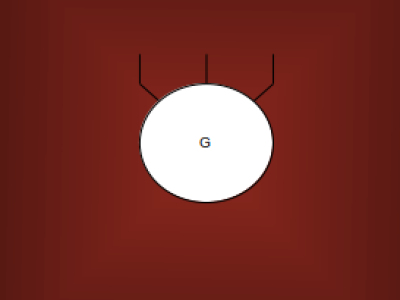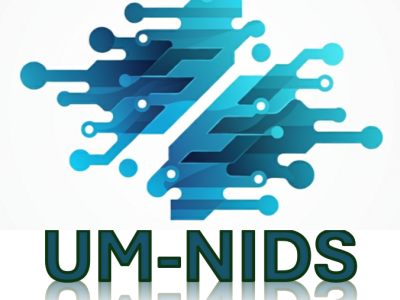
In this research, a newly modified UNet (Fast-UNet) was implemented to segment winter wheat from time series Sentinel-2 images for the years 2021 and 2023. These images were converted to NDVI and utilized to identify wheat fields by tracking the wheat phenology from sowing to harvesting. The main satellite image that was used in this research was Sentinel-2. It is considered important, and free optical remote sensing satellite data is provided by the European Space Agency (ESA). Sentinel-2A and Sentinel-2B were launched in June 2015 and March 2017, respectively.
- Categories:









